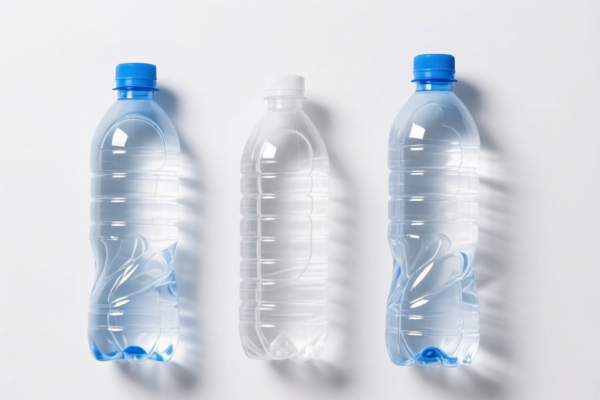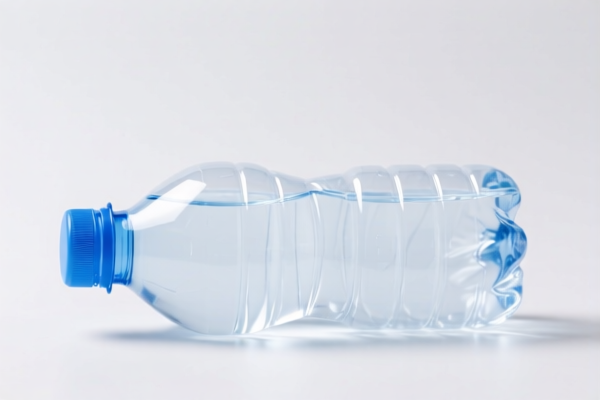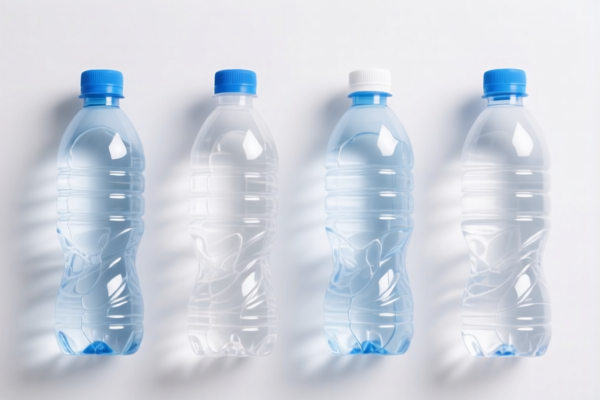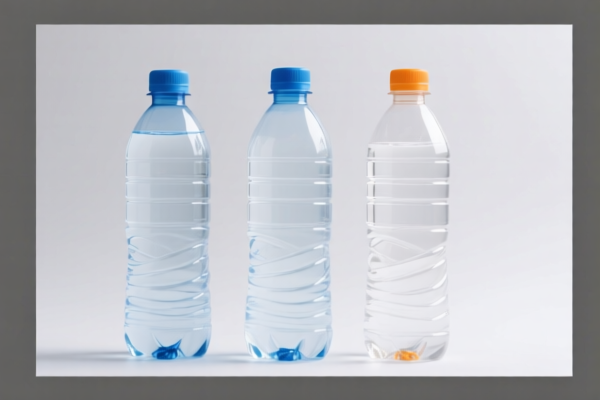| HS Code | Official Doc | Tariff Rate | Origin | Destination | Effective Date |
|---|---|---|---|---|---|
| 7010905015 | Doc | 55.0% | CN | US | 2025-05-12 |
| 3923300090 | Doc | 58.0% | CN | US | 2025-05-12 |




Bottle
A bottle is a rigid, usually cylindrical or conical container, typically made of glass or plastic, used for holding liquids, solids, or gases. Bottles have been used since ancient times for storage and transportation, evolving in materials and design over centuries.
Materials
- Glass: Historically the most common material, glass bottles are impermeable, relatively inert, and easily recyclable. Different types of glass are used, including soda-lime glass (for beverages), borosilicate glass (for laboratory use due to its heat resistance), and colored glass (for protection from light).
- Plastic: Predominantly polyethylene terephthalate (PET) and high-density polyethylene (HDPE) are used for plastic bottles. These are lightweight, shatter-resistant, and cost-effective, but concerns exist regarding recyclability and environmental impact.
- Metal: Stainless steel and aluminum are used for specialized bottles, offering durability and reusability. Aluminum bottles are often used for beverages and are highly recyclable.
- Other: Historically, bottles have also been made from ceramic, earthenware, and even gourds.
Purpose
Bottles serve a broad range of purposes, primarily centered around containment:
- Beverage Storage: Water, soft drinks, beer, wine, spirits, milk, juice.
- Food Storage: Oils, sauces, condiments, jams.
- Cosmetics and Personal Care: Perfumes, lotions, shampoos, conditioners.
- Pharmaceuticals: Medicines, syrups, liquids.
- Chemicals: Laboratory reagents, industrial chemicals.
- Household Products: Cleaning solutions, detergents.
Function
The core function of a bottle is to securely contain its contents, preventing leakage, contamination, and degradation. Key functional aspects include:
- Containment: Maintaining the volume and integrity of the substance.
- Protection: Shielding contents from light, air, moisture, and physical damage.
- Dispensing: Facilitating controlled release of the substance through a closure (cap, stopper, spray nozzle).
- Portability: Allowing for easy transportation and handling.
- Preservation: Some bottle designs, like those used for wine, contribute to the aging and preservation of contents.
Usage Scenarios
Bottles are ubiquitous in daily life:
- Home: Storage of beverages, cleaning products, condiments.
- Industry: Packaging and transportation of chemicals, pharmaceuticals, and food products.
- Laboratories: Containing reagents, samples, and solutions.
- Retail: Product packaging and display.
- Travel: Carrying personal care items and beverages.
- Recreation: Water bottles for hydration during activities.
Common Types
- Soda Bottles: Typically made of PET, designed for carbonated beverages.
- Wine Bottles: Various shapes and colors, often made of glass, with cork or screw-cap closures.
- Beer Bottles: Glass or aluminum, with crown caps or screw caps.
- Water Bottles: Reusable plastic, stainless steel, or glass.
- Medicine Bottles: Glass or plastic, with child-resistant closures.
- Spray Bottles: Plastic, with a spray nozzle for dispensing liquids.
- Essential Oil Bottles: Dark glass (amber or cobalt blue) to protect from light.
- Flasks: Wide-mouthed bottles, often used in laboratories or for carrying liquids.
- Thermos Bottles (Vacuum Flasks): Double-walled, insulated bottles for maintaining temperature.
The declared goods are described as “current bottle”. Based on this description, the following HS codes are relevant:
- 7010.90.50.15: This HS code covers glass containers used for conveying or packing goods, specifically “Other containers (with or without their closures) Of a capacity exceeding 0.473 liter but not exceeding 1 liter: Having a mouth with an outer diameter of
38 mm or more”. This would apply to glass bottles meeting these size and diameter specifications. The total tax rate is 55.0%, comprised of a 0.0% base tariff and a 25.0% additional tariff, increasing to 30.0% after April 2, 2025. - 3923.30.00.90: This HS code covers articles for the conveyance or packing of goods, made of plastics; stoppers, lids, caps and other closures, of plastics: Carboys, bottles, flasks and similar articles Other. This would apply to plastic bottles. The total tax rate is 58.0%, comprised of a 3.0% base tariff and a 25.0% additional tariff, increasing to 30.0% after April 2, 2025.
According to the provided reference material, the HS code options related to 'current bottle' are limited, with only the following 2 found.
Customer Reviews
No reviews yet.